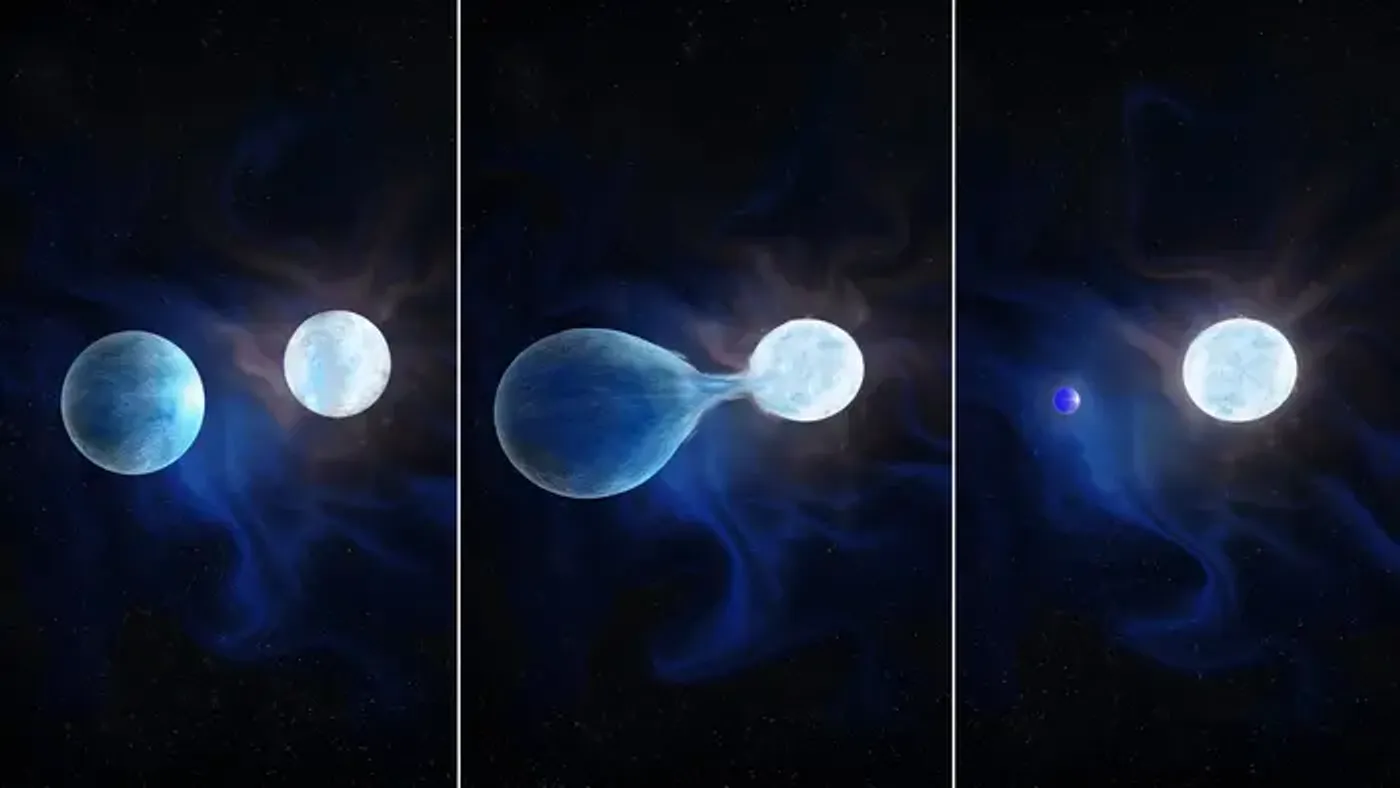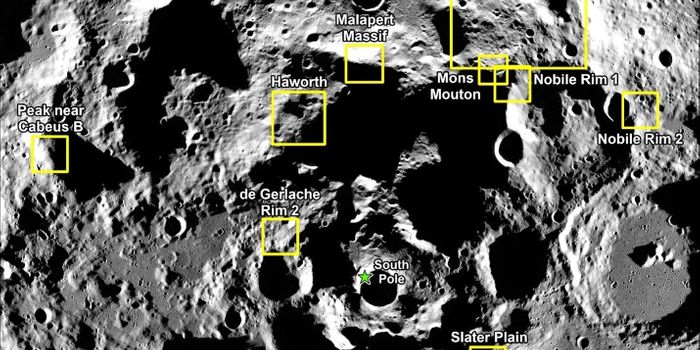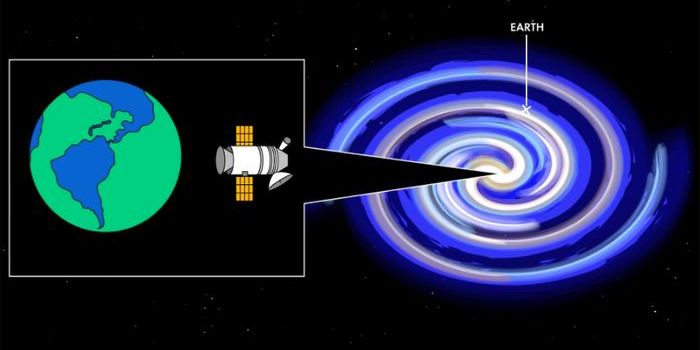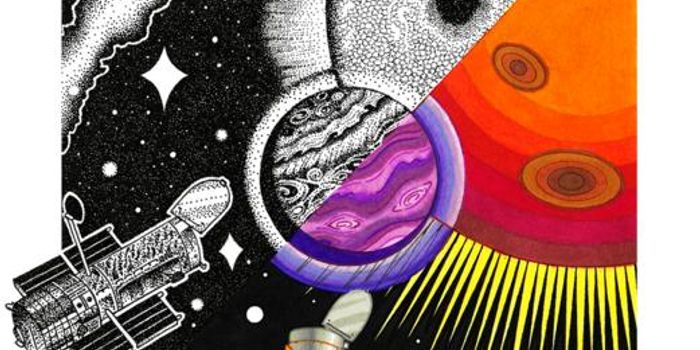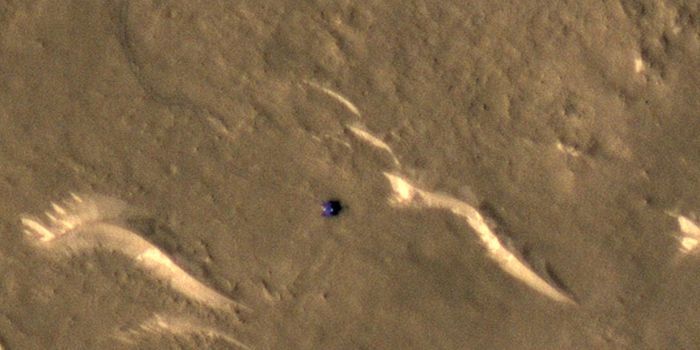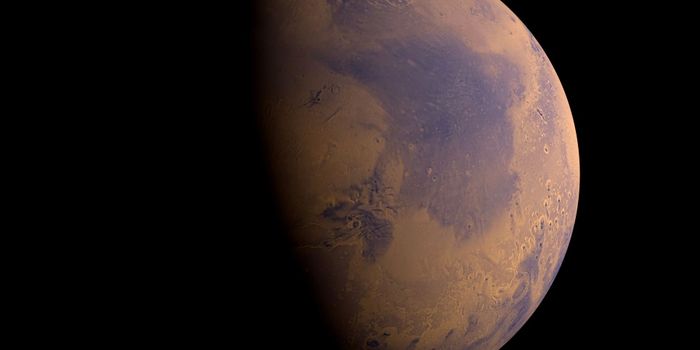Discovery of Massive Stars Stripped of Hydrogen Envelopes in Binary Systems
Can binary stars steal material from each other? This is what a recent study published in Science hopes to address as a team of international researchers examined how the interaction between binary stars can cause one star to strip material from its companion star over time, resulting in one massive star and one much smaller star. While this study could help astronomers better understand precursor signs to supernovae, scientists have only identified one candidate for being stripped of its hydrogen material, despite longstanding hypotheses that one in three binary stars are stripped of their hydrogen.
Artist illustration of binary stars with one stripping hydrogen from the other one. (Credit: Navid Marvi, courtesy of the Carnegie Institution for Science)
“This was such a big, glaring hole,” said Dr. Maria Drout, who is an assistant professor in the Department of Astronomy & Astrophysics at the University of Toronto and lead author of the study. “If it turned out that these stars are rare, then our whole theoretical framework for all these different phenomena is wrong, with implications for supernovae, gravitational waves, and the light from distant galaxies. This finding shows these stars really do exist.”
For the study, the researchers investigated 25 stars between 2018 and 2022 which had potentially been stripped of their hydrogen material and compared them to longstanding simulation predictions regarding hydrogen stripping in binary systems. In the end, the researchers identified eight stars that matched simulation predictions of them being stripped of their hydrogen material and data on another eight stars were identified as potentially being mixed with their main-sequence star counterpart. The team noted that most of the stars were identified to be part of binary systems, which strengthens the notion that they were likely stripped of their hydrogen material.
“Going forward, we are going to be able to do much more detailed physics with these stars,” said Dr. Drout. “For example, predictions for how many neutron star mergers we should see are dependent on the properties of these stars, such as how much material comes off of them in stellar winds. Now, for the first time, we’ll be able to measure that, whereas people have been extrapolating it before.”
It is currently estimated that up to 85 percent of stars reside in binary systems or possibly larger, so this study could help astronomers better understand their formation and evolutionary processes, along with better understanding how supernovae and other cosmic phenomena form.
As always, keep doing science & keep looking up!
Sources: Science, NASA, EurekAlert!, Australia Telescope National Facility
